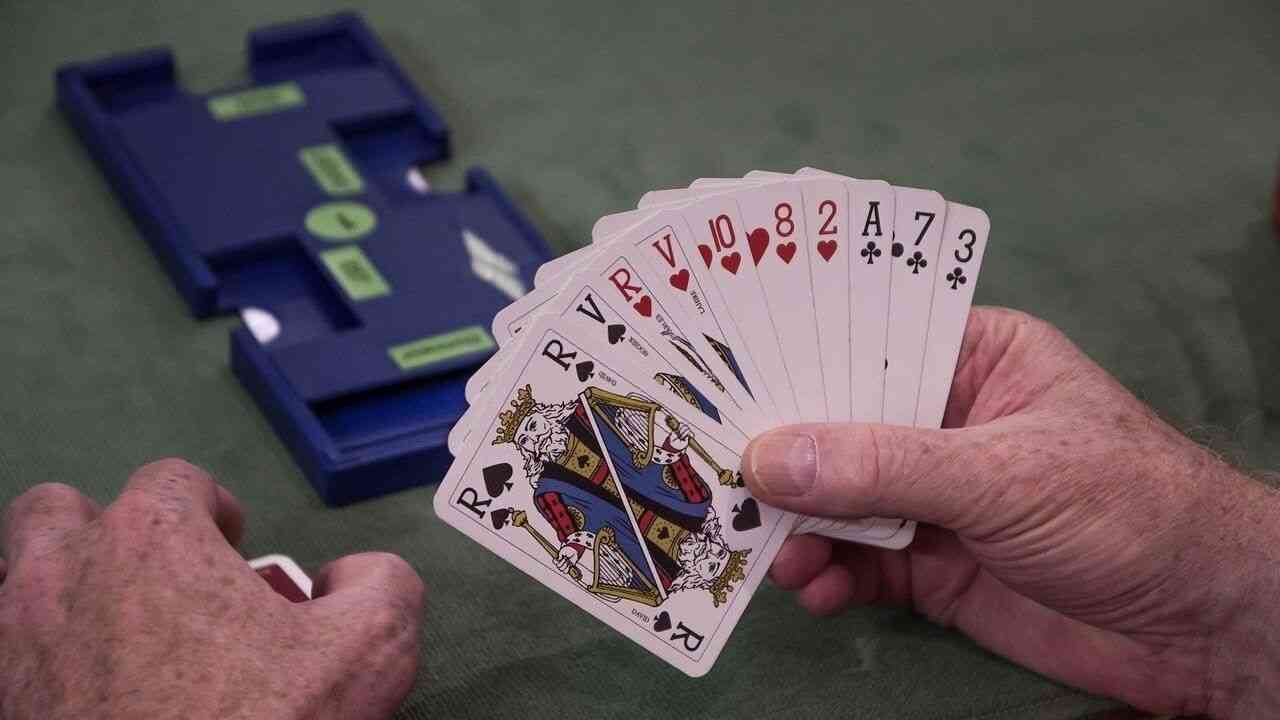The Psychology of Tilt: Spotting & Stopping Emotional Meltdowns
Mastering Tilt in Bridge: How to Stay Mentally Strong at the Table
Every bridge player—even world champions—knows the sinking feeling: you lose a key trick on a bad finesse, then make an unforced error, and suddenly you’re in a mental tailspin. In poker, this is known as “tilt,” a state of emotional frustration that clouds judgment. In bridge, tilt can turn a closely contested match into a cascade of lost contracts, fracturing partnerships and sapping enjoyment.
Tilt isn’t a mark of weakness; it’s a human reaction to stress, disappointment, or provocation. What separates consistent winners from the rest is the ability to recognize and manage these emotional surges. In this deep-dive guide, we’ll explore:
- What tilt is, from both psychological and physiological perspectives
- How to detect early warning signs, in yourself and in your partner
- Preventive strategies to keep tilt at bay before it starts
- Emergency interventions to halt a meltdown in progress
- Real-life examples, including a famous case where tilt cost a top player a major event
- Long-term resilience building, through mental and physical training
By the end, you’ll have a comprehensive toolkit of practices—mindfulness exercises, partnership agreements, and cognitive reframing techniques—to help you maintain composure and perform at your best, no matter what the cards or opponents throw at you.
1. What Is Tilt? The Science Behind Emotional Collapse
1.1 Defining Tilt in Mind Sports
Tilt describes a state of emotional turbulence that interferes with rational decision-making. In bridge, tilt manifests when frustration over a misplayed hand, an unlucky distribution, or partner errors snowballs into poor bids, flared temper, or autopilot play.
- Cognitive tilt: flawed reasoning—miscalculating odds, ignoring inferences, or making illogical plays.
- Emotional tilt: anger, anxiety, or despair overpowering mental clarity, leading to impulsive or avoidant behavior.
1.2 The Physiology of Stress
- Fight-or-flight response: Adrenaline and cortisol surge, preparing you for action but impairing strategic thought.
- Yerkes-Dodson law: Performance improves with arousal up to a point—then it plummets.
1.3 Common Tilt Triggers at the Bridge Table
- Bad beats and variance
- Failed 50/50 finesses
- Singleton leads disrupting communication
- Partner miscommunications
- Misread conventions
- Signaling errors
- Opponents’ behavior
- Slow play
- Sarcastic commentary
- External pressures
- Tournament fatigue
- Life stress outside the table
2. Early Warning Signs: Spotting Tilt in Yourself and Others
2.1 Internal Signals
- Physical cues
- Pounding heart
- Shallow breathing
- Muscle tension
- Cognitive indicators
- Replaying past boards
- Difficulty concentrating
- Catastrophic thinking
- Emotional shifts
- Irritability
- Urge to lash out
- Mood swings
2.2 Behavioral Red Flags
- Hasty moves
- Skipping point counts
- Playing too quickly
- Verbal outbursts
- Complaints or sarcasm
- Disengagement
- Staring off
- Missing signals
2.3 Spotting Tilt in Your Partner
- Tempo changes
- Signal inconsistencies
- Slumped posture or avoidance
3. Preventing Tilt: Proactive Strategies
3.1 Mental Warm-Ups and Pre-Game Routines
- 3–5 minutes of mindful breathing
- Set process-focused goals
- Stay hydrated, stretch, and eat light
3.2 Partnership Agreements
- Use a safe-word or cue for stress
- Use phrases like “On to the next one”
- Offer positive reinforcement
3.3 Table Management Techniques
- Match your tempo intentionally
- Use the stop card when needed
- Use opponents’ turns to breathe, relax
4. Emergency Tilt Control: Techniques to Regain Composure
4.1 Breathing and Grounding
- 4-7-8 breathing: Inhale 4s, hold 7s, exhale 8s
- 5-4-3-2-1 grounding: Use senses to center yourself
4.2 Cognitive Reframing
- “This finesse fails 50% of the time”
- Replace “I’m terrible” with calm alternatives
4.3 Physical Micro-Breaks
- Subtle stretches under the table
- Squeeze a stress ball
5. Case Studies: Real-Life Examples of Tilt
5.1 Club Championship Collapse: “The 2009 Regional Final”
- Context: Alice Chen was ahead by 12 IMPs with 16 boards left.
- Meltdown: After a failed finesse, frustration caused a cascade of avoidable errors.
- Outcome: She lost the match by 3 IMPs. She later adopted a reset strategy using the phrase “Fresh slate.”
5.2 Pro Tournament Tilt: A Cautionary Tale
- Context: Sarah Gold tensed up after a slow-play warning, changing her bidding strategy.
- Outcome: Her team lost by 9 IMPs. They later agreed: no penalty discussions until after the match.
6. Beyond the Table: Building Long-Term Resilience
6.1 Mental Fitness Training
- Daily mindfulness with apps like Insight Timer
- Journaling tilt triggers and responses
6.2 Physical Health and Stress Management
- Aerobic exercise to lower cortisol
- Prioritize quality sleep
6.3 Community and Support
- Peer debrief groups
- Hire a mental game coach
Continuing the Journey: Reflections and Resources
Mastering tilt control is an ongoing process, much like mastering any aspect of bridge. By integrating mindfulness routines, partnership pacts, and rapid-response techniques into your practice, you’ll transform bad beats into learning moments and maintain composure under pressure.
Next Steps
- Implement a breathing ritual before your next session
- Agree on a reset cue with your partner
- Debrief tilt episodes in a dedicated notebook
Further Reading & Tools
- The Inner Game of Bridge by Peter Hollands
- Zen and the Art of Poker by Larry Phillips
- Insight Timer App – free guided meditations
- Bridge Winners forum – “Mental Game” section
Emotional resilience elevates both your results and your enjoyment at the table. As you adopt these practices, you’ll not only play better bridge but also cultivate a steadiness of mind that carries into other areas of life.
Here’s to calm nerves, clear thinking, and many more fulfilling sessions at the table.

